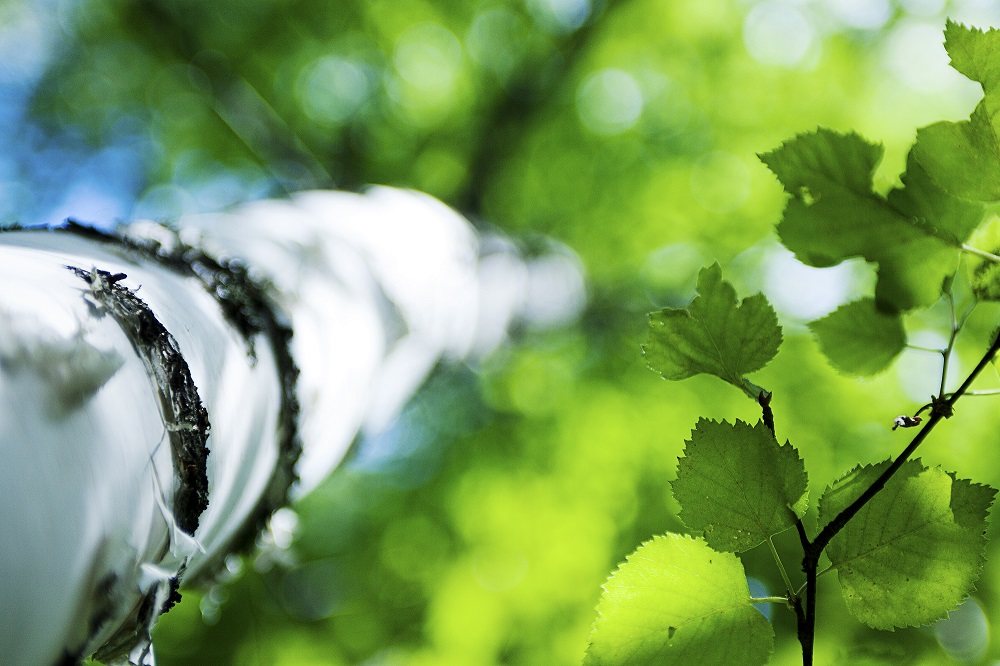A new Sitra report entitled “Biokaasusta kasvua” (Growth from biogas) suggests that biogas production can provide significant benefits to rural Finland. However, these benefits can only be achieved if those working in the sector collaborate closely to build ecosystems around the production, distribution and use of biogas. In this way, different parts of the ecosystem can support each other. Closer co-operation will make it possible to create new jobs and business in rural areas, reduce the need for imported energy and make better use of waste products.
Only a small percentage of Finland’s biogas potential has been exploited so far. Biomass could be used much more, especially in agriculture. According to Sitra’s report, benefits could be achieved in four different areas: in the use of biogas vehicles; biogas use in energy production and in industry; increasing nutrient cycles; and decentralised biogas production on farms.
Biogas production can help establish links between various different areas, from households to industrial plants. Investments that might seem impossible for private individuals can become a reality and profitable through such co-operation. New co-operation models will also reduce the amount of waste and side streams in households, communities, industry, agriculture and the forestry industry. Agricultural sludge can be used in biogas production, with the resulting gas being used to replace imported fossil fuels.
“In an ideal situation, the producer would either use the heat and electricity produced by biogas plants or sell it, and the same applies to the fertilisers obtained as side streams during the process. Creating a biogas ecosystem will be a key measure in terms of achieving Finland’s circular economy targets,” says Leading Specialist Jaana Pelkonen from Sitra.
Biogas represents significant value. Manure and field biomass, such as grass and straw, are particularly good in terms of binding nutrients and energy. The calculations made by the consultancy company Ramboll show that if all available raw materials were put to use, the financial value of nitrogen and phosphorous would be roughly 190 million euros annually and the potential value of biogas for transport would be some 700 million euros. Selling the carbon dioxide gas produced during the process to industry could bring in another 200 million euros.
Compared to many other countries, Finland still has a long way to go in terms of using biogas. For example, the 14 municipalities in the heavily forested Güssing region of Austria are striving to become energy self-sufficient by 2020. In order to achieve this goal, they have invested heavily in biogas plants, which produce heat, electricity and fertilisers from agricultural and forestry waste and from energy crops. German eco-villages are even more ambitious in their pursuit of self-sufficiency. And in Skåne, an agricultural stronghold in Sweden, biogas is mainly produced for transportation purposes.
“Finland should follow the example of many other countries and take the implementation of biogas into consideration in the National Energy and Climate Strategy that is currently being prepared,” says Mari Pantsar, who leads the Resource-wise and carbon-neutral society theme area at Sitra. “We simply can’t ignore the potential of biogas in terms of revitalising rural areas, creating new jobs and improving the balance of payments. One way to achieve growth in biogas is to promote the distribution and use of natural gas, because then this would encourage the infrastructure development needed for a wider use of gas.”
Central Finland focuses on biogas production and use
Central Finland is currently co-operating with Sitra to determine the best ways to develop biogas activities in the region. Two waste treatment biogas plants will be completed in 2017, bringing biogas production in Central Finland to approximately 76 gigawatt hours per year. The value of this energy potential as transport biogas would be nearly eight million euros. But even after these plants are completed, less than a fifth of the biogas potential in Central Finland will have been exploited.
Drivers in Central Finland have been able to fuel their vehicles with biogas for more than 10 years, and today there are two filling stations in the region. The filling station network in the region will grow in 2017 when a new biogas filling station is built near the Mustankorkea waste treatment plant, and negotiations concerning the construction of a second remote filling station closer to the Jyväskylä city centre are already under way. Gasum Oy is establishing a liquefied natural gas (LNG) station in Jyväskylä, which will also provide gas suitable for refuelling passenger cars operating on compressed natural gas (CNG). There are also plans to build a few more stations in Jyväskylä. These stations will reinforce the biogas ecosystem by also providing a distribution network for biogas produced in the region. In addition, an event held in Jyväskylä on Saturday 14 May gave people the chance to find out more about biogas cars and ask drivers and experts about their experiences.
For further information:
Jaana Pelkonen, Leading Expert, Sitra, jaana.pelkonen@sitra.fi, Tel. +358 40 540 9775
Tiina Kähö, Senior Lead, Carbon-neutral Industry focus area tiina.kaho@sitra.fi, Tel. +358 40 591 3847
Outi Pakarinen, Project Manager, Regional Council of Central Finland, outi.pakarinen@keskisuomi.fi, Tel. +358 40 595 0018
Tuula Sjöstedt, Lead, Communications and Public Affairs, Sitra, tuula.sjostedt@sitra.fi, Tel. +358 50 3738 601





















Recommended